For those of you heading out on vacation this month, don’t forget that cellphones aren’t just for taking pictures.
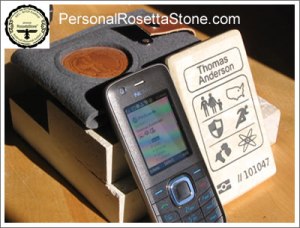
Popular consensus seems to be that cell phones are far too prevalent in daily life. Tweeting, texting, music, surfing, games – the list is endless. Some might even say phones have become more toy than tool.
Aside from basic functions and some photo capabilities, it’s certainly not much help in old graveyards, right? Well, if John Bottorff has anything to do about it, cell phones might become a genealogist’s best friend.
Bottorff, the owner of Objecs, LLC, has developed three, cell-phone readable tablets suitable for both the new and old, illegible gravestones. Called the Personal Rosetta Stone, these tablets store selected personal data via RFID technology and are mounted on the gravestone. By touching the stone with an NFC-RFID enabled cell phone, genealogical information is then uploaded to the viewer screen.
What is RFID technology?
According to Technovelgy.com:
“RFID (or Radio-Frequency Identification) refers to a small electronic device consisting of a micro chip (carrying up to 2,000 bytes of data) and an antenna.
The RFID device serves the same purpose as a bar code or a magnetic strip on the back of a credit card or ATM card; it provides a unique identifier for that object. And, just as a bar code or magnetic strip must be scanned to get the information, the RFID device must be scanned to retrieve the identifying information.”
Earlier this week, I caught up with John to find out more.
RFID in tombstones? How did this get started?
Well, like many new business ideas, it branched off from something else. A Portuguese client thought our object hyperlink products might be useful for identifying the crumbling, 600-year old tombstones on his property. Ultimately, he wanted to share this information via cell phone. This was easy enough to do since European mobile devices are automatically configured to access information via hardlinks.
However, it’s a different story here in the U.S.
Why? Are American cell phones different?
American cell phones are typically locked and providers don’t offer NFC-RFID enabling at this time. At least not yet. Eventually, the technology will be incorporated and there are some who do have it now, but these are the geeks who bought the equipment overseas and brought it home. However, our tablets do work with all Internet enabled phones, but only NFC enabled phones can use our wireless touch technology.
Keep in mind, that the information can also be pulled manually.We know a third-party vendor that developed an app for iPhone users – yes, there’s an app for that. But it’s not ours.
When do you see our phones handling this technology?
I anticipate this happening around 2010.
How does the RFID chip get into the tablet/headstone?
There’s a way to embed the electronics but it’s a trade secret on how the stone mason carves it all in. I can’t elaborate any further.
The tablets have some kind of engraved symbols. Can you explain these?
We designed the Rosetta Stone to be an artifact, meaning the customer can choose symbols that best defined a person’s life. For example, we offer the scales of justice describe a judge, a badge to signify a policeman, or a sailboat to describe someone who liked sailing. At this time, we have a library of about 800 symbols, many of them developed through customer feedback.
What’s the most unique symbol?
The jail cell symbol (Check out #70 on the symbols list).
So, the customer picks a tablet, chooses the symbols, and then what?
The tablet and chip tag are then set into the headstone. Later on, a genealogist with an enabled cell phone camera and internet connection, could take a picture of the barcode (in this case, the tablet). This action triggers a link and redirection of the phone’s web browser to the desired URL target and related database information. (Here’s a more detailed explanation)
Your website mentions three types of tablets. What are they?
The three types are Millennium, Century, and Decade.
The Millennium class is the longest wearing because it’s made out of granite and the Century class is made from travertine stone. While the Century type is specifically designed as an indoor family heirloom, it can be used outdoors. The third is the Decade, a metal, polypropelyne (thermoplastic molding) marker. These were what we originally mailed to our Portuguese client.
What unexpected surprises have you encountered?
Actually, it’s the market. We initially approached this product assuming that our customers were the 55- and older, genealogy-oriented market. We’re now finding out that the age bracket is actually lower, ranging from 40-year olds, down to even 20-somethings.
What’s been the reaction from genealogy societies?
There’s been little to no reaction from genealogy societies. This has been surprising considering the amount of data out there that could be put to wider access. Perhaps there is a lack of knowledge about the product or skepticism about whether the particularly small, local info would even be worthwhile entering in this database? I don’t know.
What message are you hoping to send with this product?
It’s important to identify your place in time, regardless of who you are or your life’s story. Future generations are going to want to learn about the past and this is one way of helping them out. Today’s barber might not think his work is important but three generations from now, another barber might disagree.

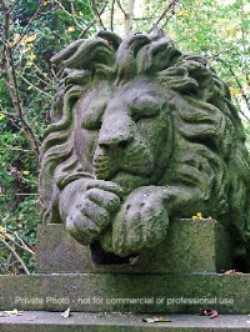
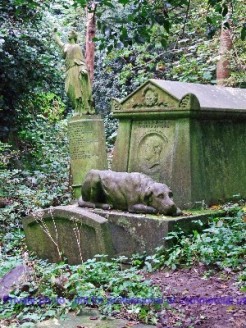
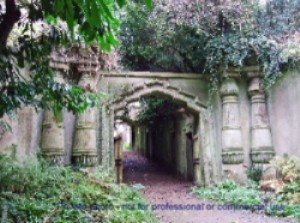


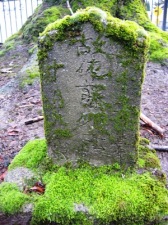




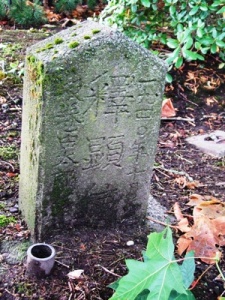
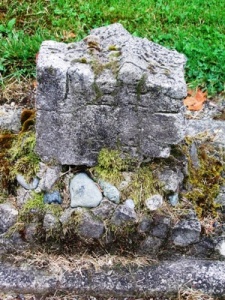
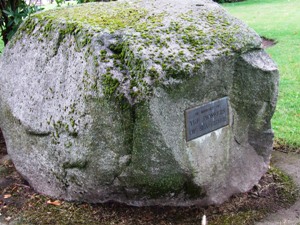
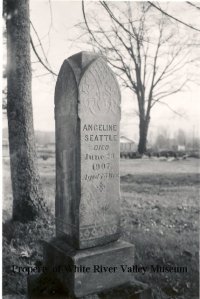

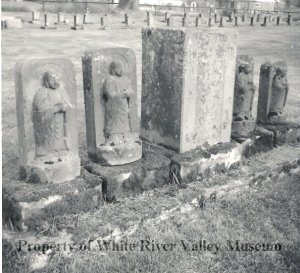
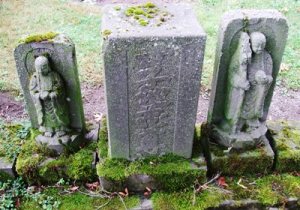
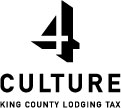

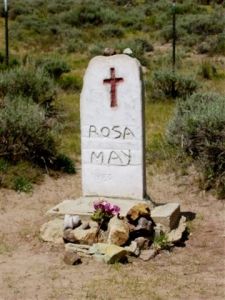



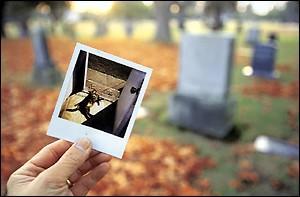
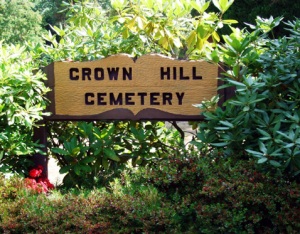

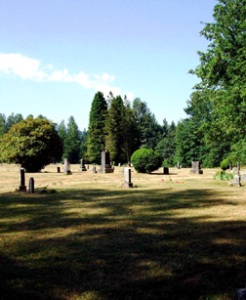




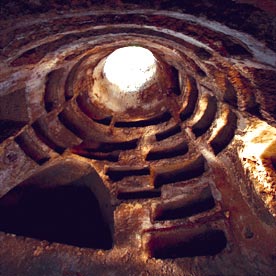
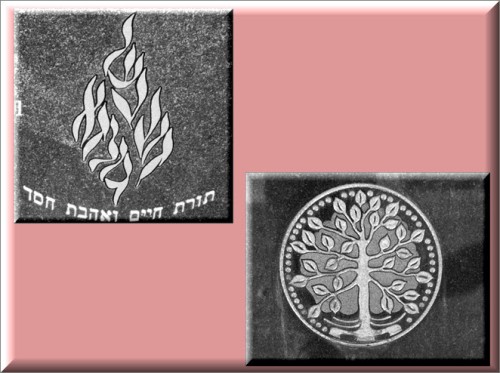
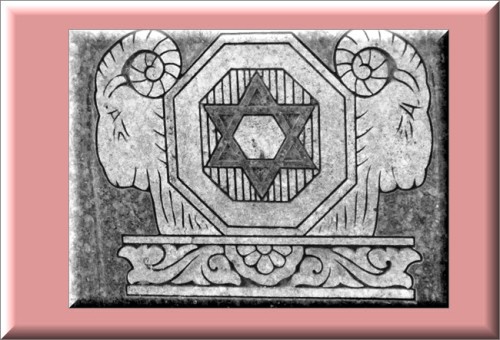

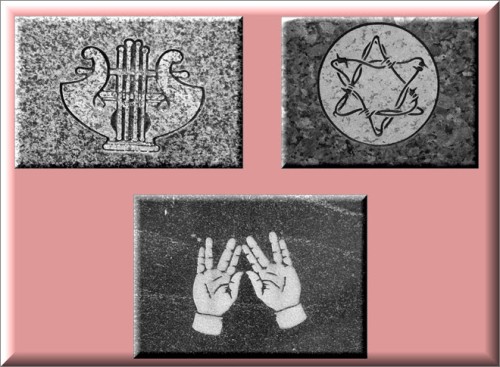
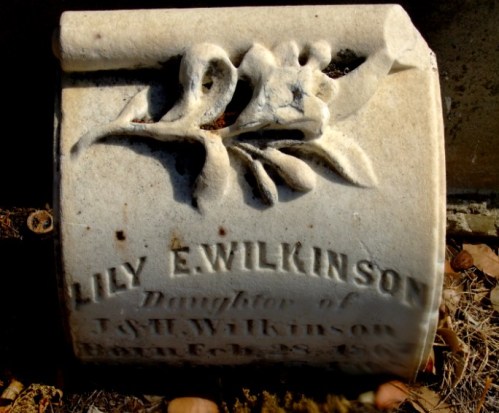






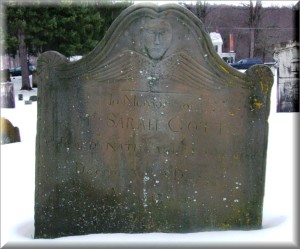

































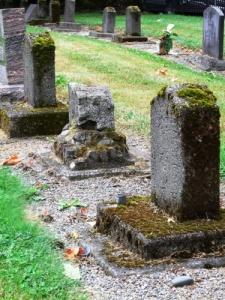
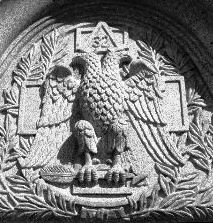
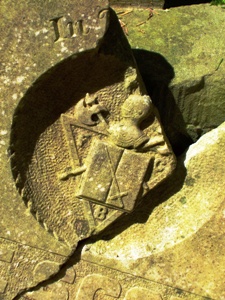
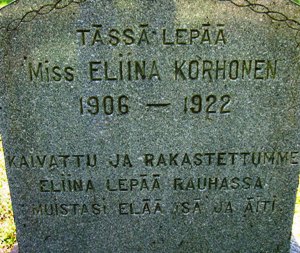













Soquel Cemetery: Generations of Metaphors
Soquel, California (pronounced “so-kell”) is a quiet town off the Northern California coastline, rooted within Spanish land grants dating back to 1776. Located approximately 70 miles south of San Francisco, most beach tourists driving the winding Highway 1 route to Santa Cruz beach spots rarely give it a second thought. However, those opting for the quieter, redwood tree-lined back roads have an opportunity to see this town first hand.
To the left and on the hill from the main four corners is a beautiful New England-styled church. Straight down the street is the unique Porter Memorial Library built in 1912 while to the right, is the Ugly Mug coffee house. But it’s the spot just outside of town at 550 Old San Jose Road that draws the most interest from fans of Skip Spence and genealogists tracing family history.
Photo by Shelly Peters
Continue reading →
Share this:
16 Comments
Filed under Commentary, Symbols, Travel
Tagged as Commentary, Symbols, Travel